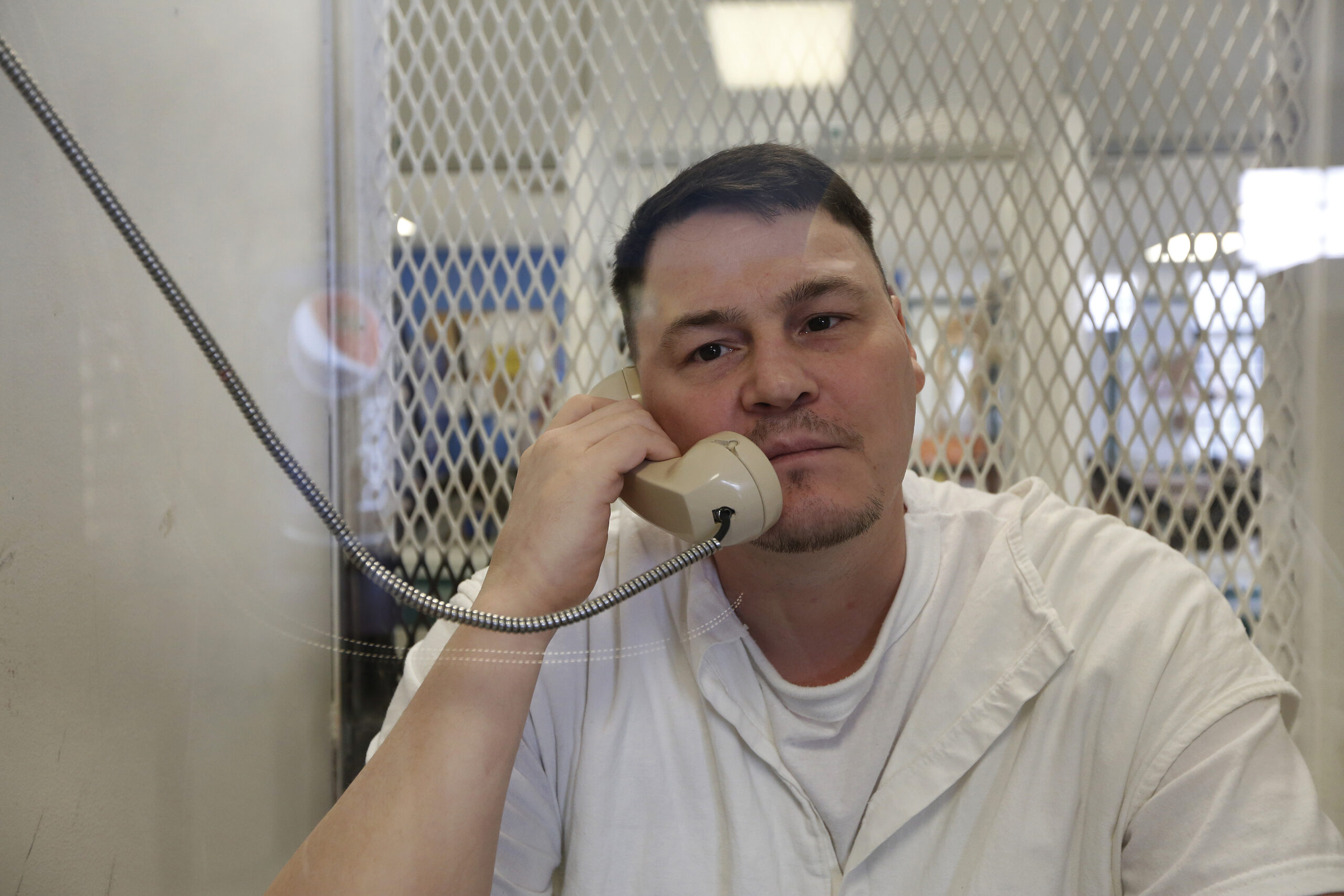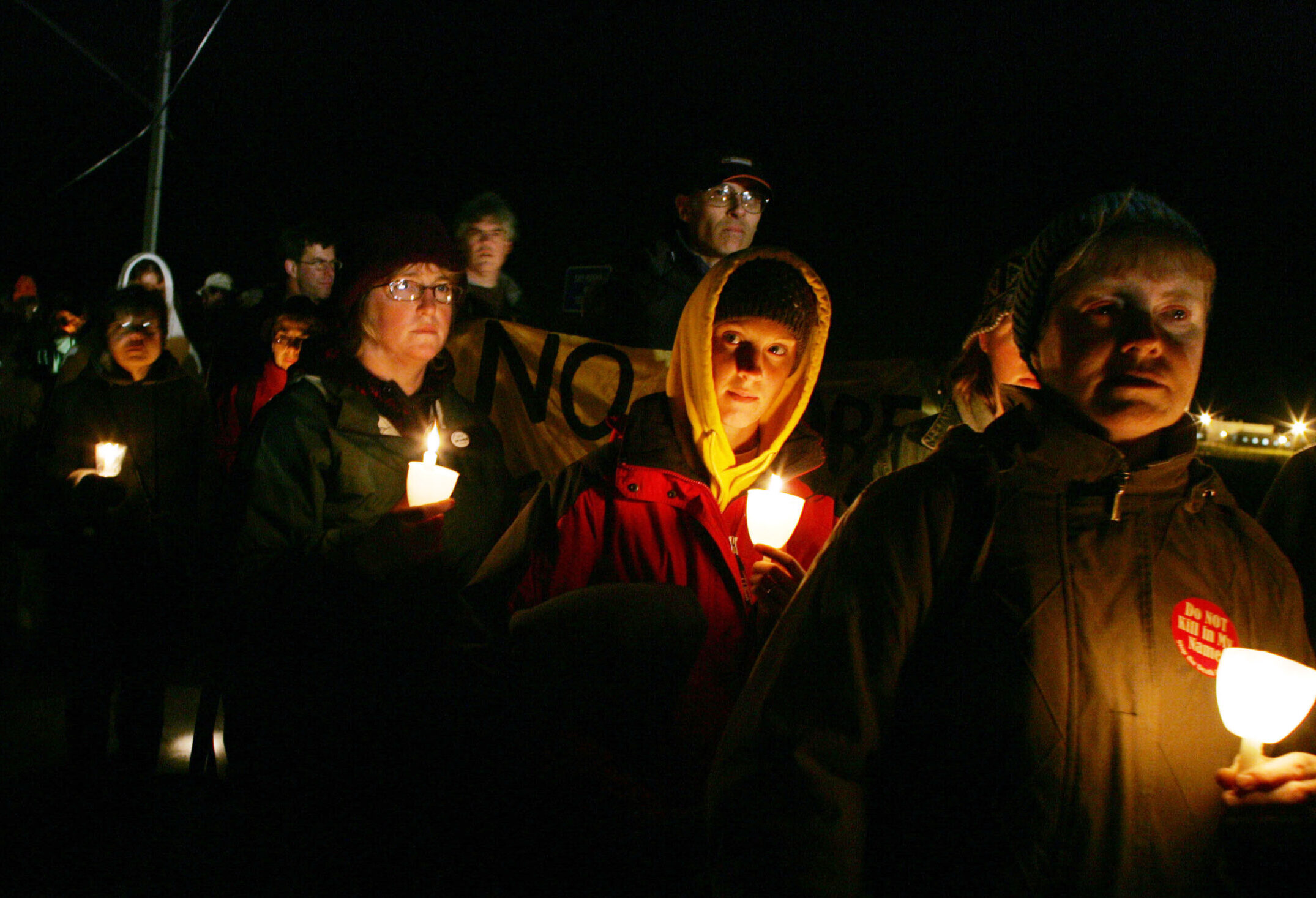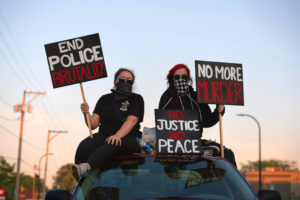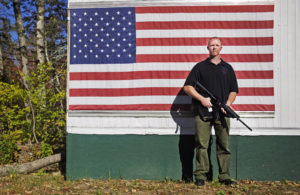Last week, having tried and failed to kill him with the more traditional lethal injection, the state of Alabama suffocated Kenneth Smith to death for his role in a 1988 murder-for-hire. In this unprecedented method, which the state has called “nitrogen hypoxia”, the victim is forced to inhale pure nitrogen, depriving them of oxygen until they are dead. Though this technique was sold as a more humane form of execution, “nitrogen hypoxia” happens to be a bullshit, made-up term used to lend a veneer of scientific legitimacy to a barbaric style of state-sanctioned murder. Smith shook and spasmed in the 15 minutes before he died, appearing to witnesses to be in considerable pain.
Pragmatically, the case against the death penalty is impregnable. Hundreds of people on death row in the United States have been exonerated in the past 50 years alone, demonstrating the serial incompetence of our criminal justice system. There is no way to evaluate how many innocent people have been put to death, though there are dozens of cases where we now know that someone who was executed was probably innocent. You may dip back into history or stick to contemporary examples. Italian immigrants and anarchists Nicola Sacco and Bartolomeo Vanzetti were put to death in 1927 for robbery and murder despite another man having confessed to the crime, and were only officially exonerated more than half a century later. One of many more recent cases of likely wrongful execution occurred in 2004, when Cameron Todd Willingham, a Texas man accused of setting a fire that killed his three children, was administered a lethal injection, despite very shaky evidence of his guilt. The testimony of the fire marshal involved was comically unscientific and unreliable, but Texas governor Rick Perry appeared to manoeuvre behind the scenes to make sure Willingham was executed, in need of the political bump that (perversely) accompanies any use of the death penalty in Texas. Then there are those, like Anthony Apanovitch, who essentially everyone admits are innocent, but whom the legal system refuses to free from death row.
Supporters of the death penalty relentlessly harp on about cases where there is supposedly no doubt of guilt, but of course cops, prosecutors, and politicians always claim there is no doubt of guilt in any case they press. Confession is frequently seen as ironclad proof; in reality, confessions are routinely coerced or obtained under inappropriate circumstances. Richard Masterson’s supposed confession occurred while he was going through a brutal drug withdrawal, and the medical examiner who worked on his case was later fired for falsifying testimony and lying about his credentials. Masterson was put to death in 2016 all the same.

And even where there is proof, there may be bias. The history of American executions, like all parts of our justice system, is rife with racism, even beyond the extra-judicial lynchings that stain our history. Since the end of the federal moratorium in 1976, application of the death penalty has disproportionately fallen on black and Hispanic men, and that’s just at the sentencing level. There’s an entire corpus of research into how the trials that lead to the sentencing phase are unduly influenced by race. On death row, the facts are stark: 41% of inmates on it are black people, who make up less than 14% of America’s population.
Even when the outcome is not an actual death sentence, the death penalty distorts our system and its underlying pursuit of justice. The potential for execution is routinely used as a threat through which false confessions and bad convictions are obtained; not coincidentally, 59% of death penalty-eligible murder cases in the past 50 years were found to have involved a supposed admission of guilt to authorities.
In any case, those vanishingly rare cases where there is genuinely ironclad certainty that a capital crime was committed can’t outweigh the dozens and dozens of cases where a sentence of death was unjustly handed down. The utter finality of death ensures that no mistake can ever be fixed. Those who are imprisoned for crimes they did not commit can never get the lost years back, but they can at least be freed, and receive financial compensation. If one innocent man is executed, that failure poisons every other execution, no matter what the facts of the crime are. That is an evil that cannot be taken back.
However you might want to quantify human life — and, for the record, I don’t think you should do that at all — the maths just doesn’t work out for the pro-execution side. Common intuition to the contrary, executing a prisoner in the United States costs more than jailing them for life. Even in the most execution-happy states, it will usually take more than a decade for the sentence to actually be carried out, and these years will (thankfully) be filled with complex appeals and legal wrangling that are immensely expensive for the state. It’s gross to engage in a dollars-and-cents justification for killing someone anyway, but if you’re committed to doing so, you’ll find the facts are against you. Especially given that the death penalty has never been proven to serve as a deterrent to committing capital crimes — partly because criminals who commit violent felonies are almost always the kind of people who do not think about consequences.
Those are, as I said, pragmatic reasons to oppose the death penalty. The more important objections are moral, and I’m afraid that they are axiomatic rather than quantifiable: intentionally taking human life is wrong under all circumstances; state-sanctioned executions degrade and implicate all of us; the world cannot be made more ethical through more human destruction. And, no, there is no one who I would exempt from this moral principle. Not Hitler, not anybody.
Michael Ross, a serial killer from Connecticut, confessed to killing eight women, most of whom he also raped, and provided corroborating details to the police. He was sentenced to death in 1987. After almost two decades on Connecticut’s death row, Ross began to advocate for his own execution and attempted to waive further legal appeals. Having converted to Catholicism in prison, he believed that an eternity in heaven lay ahead of him after death. His father fought to keep the appeals process going, as did his only surviving victim, Vivian Dobson, whom Ross had raped 20 years earlier; she had channelled her pain into staunch advocacy against the death penalty. I can only surmise that hearing her own traumatic experience used as a pretext to justify state-sanctioned murder offended her basic sense of right and wrong.
Ross, for his part, had endured a horrific childhood, faced with a mother who had succumbed to psychosis and attendant physical and sexual abuse. This kind of tragic backstory is not necessary for me to oppose someone’s execution — the right to not be killed is, like all rights, not deserved but rather endowed by virtue of being human — it does, however, add a certain degree of moral colour to the debate about Ross. The more we research, the more we learn that everyone’s life is battered by chance in a way that reduces our own personal agency and thus, potentially, our complicity. As for Ross’s own avowed desire to die, well, he said repeatedly that he would like to live but preferred death to the long uncertain process of waiting to die; that’s clearly a coerced endorsement of the desire to die, whatever he consciously felt.
I was there the night he was executed in May 2005. I had done some legal observation work for the National Lawyers Guild, a radical bar association that has defended protesters and activists for generations. The local Hartford NLG lawyer, a friend from anti-Iraq war organising, asked if I would be willing to trek up at midnight to the Osborn Correctional Institution, in the sleepy northern portion of the state, to film the scheduled protests. Ordinarily, the job of legal observation is tense, as the entire purpose is to survey the police and make sure they don’t engage in brutality or curtail anyone’s rights. But that night, the protest was calm and orderly and so were the cops, all the way up until 02:45 or so, when word spread that Ross was dead, and we all went home. The people carrying signs and singing there were a different breed of protester from the kind I was used to, older and churchy, but I deeply admired the moral clarity they showed in fighting for the life of a man who was a serial rapist and killer of women.

It’s possible that he may still have been alive and in prison today if not for his own vigorous efforts to speed his execution. Connecticut is one of many American states that, though it had not formally abolished the death penalty at that point, had made actual executions extremely infrequent; Ross’s was not only the first in Connecticut but the first in all New England since 1960. The practice was abolished in Connecticut in 2012, and further ruled unconstitutional by the state supreme court in 2015, resulting in commuted sentences for the 11 remaining inmates on death row.
Connecticut is one of only 23 states to have abolished the death penalty outright, according to the Death Penalty Information Center. Meanwhile, 21 maintain its practice, while six are subject to some kind of moratorium, including California. As you might imagine, the map of which states do and do not permit the death penalty looks very much like the typical coasts-and-heartland divide in American politics generally. But the prevalence of execution varies dramatically even between states where the practice is legal, thanks to the usual vagaries of fate — chance, culture, precedent, path dependence. Idaho permits the death penalty, for example, but only three prisoners have been executed there since 1976; ultra-conservative Kansas has executed zero since then. Texas, meanwhile, averaged almost 25 executions a year in the Noughties — demonstrating, among other things, that when you build a seamless infrastructure for trying, convicting, and executing people for capital crimes, somebody’s gonna use it.
The United States federal justice system declared a temporary moratorium on executions after Joe Biden took office, although this status is likely to change should Donald Trump take the White House next year. After 17 years with no federal executions, the Trump administration presided over 13 of them, the most in 120 years; Trump has openly mused about bringing back the firing squad, should he win in 2024.
Yet despite being broadly divided along party lines, capital punishment does not, at present, figure much in the American culture war. I’m sure that the average MAGA lunatic would go to bat for the death penalty if challenged, just as the average too-online liberal would fight against it. But the issue is not on the menu of the day-to-day skirmishes that make American politics so enervating in 2024. (Search the op-ed pages of any major newspaper, search Twitter or YouTube, and compare how often the death penalty appears relative to, say, “cancel culture”.) The story of Smith has brought the issue back into the public eye, but only because of the novelty of the method used to kill him. This simply isn’t an issue that people want to argue about, in this era of political combat, despite the fact that attitudes towards it are emotional, partisan and fiercely divided.
These days, most political debates are about taking one of two procrustean sides and then mocking the other as a collection of sanctimonious elites or bigoted cretins, depending. The death penalty debate doesn’t lend itself to representing opponents as snowflakes or Trumpkins, doesn’t mould itself to the ugly social media-dominated habits of how we wage culture wars in the 21st century. It’s too strident, too simple, too direct. As an atheist, it feels strange to say, but the death penalty is in some ways a necessarily religious issue; your views on it will depend on fundamentally pre-political perceptions of basic moral value — and these are not fun to debate, as you’re forever running up against unassailable conflicts of belief. And that just isn’t the way we do politics now. Even in the face of all this strident yelling, there’s a sense in which speaking from a direct moral point of view is uncool. We aren’t serious enough for all of that.
The existence of the death penalty asks us to soberly and seriously consider exactly what we actually believe, not who we’re against or what tribe to which we belong. It requires us to treat ideas as if they are life or death. It insists that we maintain the most fragile state of all, in the 21st century: the state of unapologetic seriousness. And most people, it seems, are unwilling to abide by those terms.
Michael Ross and Kenneth Smith each saw the fundamentally religious reality of their dilemmas, or so it would seem. Both found their faith after being sentenced to death row. And in both cases, the odd irony of conservative Christians supporting the death penalty reveals itself. Evangelicals support the death penalty out of a fire-and-brimstone attachment to punishment for its own sake, not for reasons of speeding murderers along to heaven — yet their own theology suggests they’re quickening the condemned along the path to forgiveness. The Supreme Court has been consistent in affirming the state’s requirement to allow death row inmates to receive whatever last rights they desire, a demonstration of an at least mythical attachment to the possibility of redemption. Immediately before the execution, Smith was tended to by the Reverend Jeff Hood, a quirky Catholic opponent of the death penalty consistently referred to in the press as Smith’s “spiritual advisor”.
“The Bible says evil deeds have consequences,” said Michael Sennett, the son of Smith’s victim, the night of the execution. “Kenneth Smith made some bad decisions 35 years ago, and his debt was paid tonight.” Why someone looking for revenge would want to send a man to his eternal reward in a Christian heaven, I’ll never understand. For those of us left here on Earth, there’s the more mundane pain of the ongoing attempt to heal with destruction, the quixotic quest to undo violence with more violence.
“Nothing happened here today that’s going to bring mom back. Nothing,” said Sennett. And that, at least, I know is true.
Disclaimer
Some of the posts we share are controversial and we do not necessarily agree with them in the whole extend. Sometimes we agree with the content or part of it but we do not agree with the narration or language. Nevertheless we find them somehow interesting, valuable and/or informative or we share them, because we strongly believe in freedom of speech, free press and journalism. We strongly encourage you to have a critical approach to all the content, do your own research and analysis to build your own opinion.
We would be glad to have your feedback.
Source: UnHerd Read the original article here: https://unherd.com/





